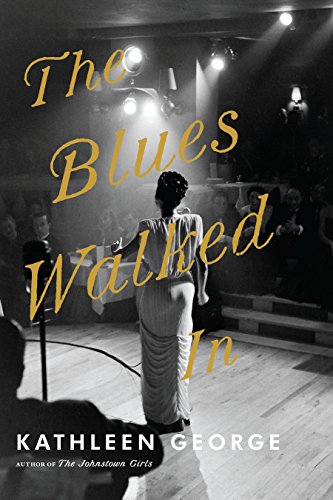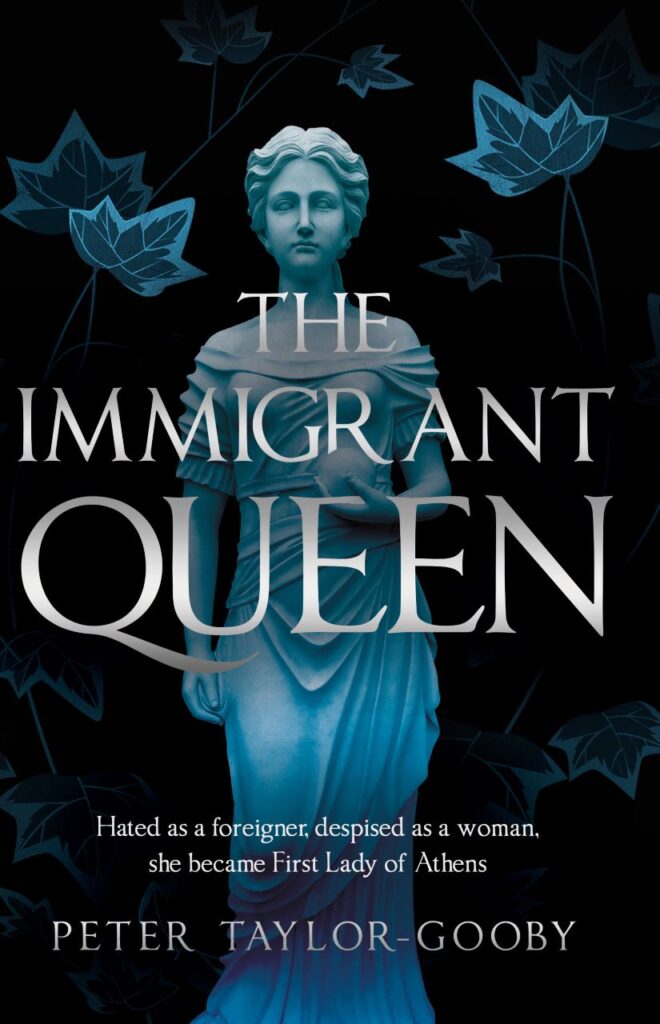The Blues Walked In
In 1936, Lena Horne, aged 19, returns home after singing in New York City and touring with jazz bands. Lena lives with her stepmother and father, who encourage her to consider marriage, children, and a “normal” life. Lena makes friends with Josiah, the son of her father’s plumber, who dreams of Hollywood and who, according to Lena’s father, is beneath her. Lebanese-American Marie Elias, a schoolmate of Josiah, is star-struck when she meets Lena Horne and does some mending for her.
The novel follows Lena Horne and Marie Elias over the next ten years: their marriages, children, and the development of their careers. Readers see Lena Horne up close, as well as how the public viewed the singer/actress, which could be why this novel is structured thus. I found the combination of plots awkward. Josiah and a crime feature prominently in Marie’s story and only a bit in Lena’s. Marie’s story is full of historical detail and character development which are sorely missing from Lena’s story. Lena’s music is described but not brought to life. In behavior, Lena is shown as meek, yet she is described as angry. Race in America, and what it means to be white, black, to “pass,” and the discrimination of the time, are well handled. Pittsburgh is not named as the setting until almost 50 pages in. When Lena returns home, clues are given: “The Hill” and “Fullerton,” but the city is not named—a costly error. In the conclusion, readers learn that the novel was told by Marie’s daughter, Helena Elias, grounding the parallel stories—except the author is Kathleen George. Are Marie, Helena and Josiah pure fiction? Author notes would have greatly helped. There is much that is engaging, educational, and entertaining in this novel, but much that is missing, too.










